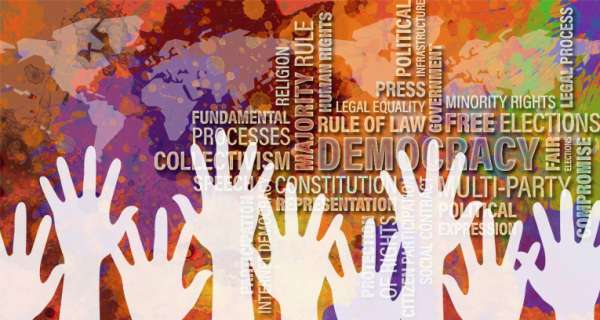Global food loss - SDG Indicator 12.3.1
Definition: Indicator 12.3.1 is the "global food loss index".
Goal: "By 2030, halve per capita global food waste at the retail and consumer levels and reduce food losses along production and supply chains, including post-harvest losses".
Target 12.4: Responsible management of chemicals and waste
UN definition: "By 2020, achieve the environmentally sound management of chemicals and all wastes throughout their life cycle, in accordance with agreed international frameworks, and significantly reduce their release to air, water and soil in order to minimize their adverse impacts on human health and the environment."
International agreements on hazardous waste - SDG Indicator 12.4.1
Definition: Indicator 12.4.1 is the "number of parties to international multilateral environmental agreements on hazardous waste, and other chemicals that meet their commitments and obligations in transmitting information as required by each relevant agreement".
There are a number of international multilateral agreements on hazardous waste and other chemicals (including the Montreal Protocol, Basel Convention, Rotterdam Convention, and Stockholm Convention).
This indicator assesses the percentage of countries meeting commitments and obligations within each agreement.
Goal: "Achieve the environmentally sound management of chemicals and all wastes throughout their life cycle, in accordance with agreed international frameworks" by 2020.
Unlike most SDG targets which are set for the year 2030, this indicator is set for 2020.
Hazardous waste generation - SDG Indicator 12.4.2
Definition: Indicator 12.4.2 is "hazardous waste generated per capita and proportion of hazardous waste treated, by type of treatment".
Goal: "Achieve the environmentally sound management of chemicals and all wastes throughout their life cycle, in accordance with agreed international frameworks" by 2020.
Unlike most SDG targets which are set for the year 2030, this indicator is set for 2020.
Target 12.5: Substantially reduce waste generation
UN definition: "By 2030, substantially reduce waste generation through prevention, reduction, recycling, and reuse."
Recycling rates - SDG Indicator 12.5.1
Definition: Indicator 12.5.1 is the "national recycling rate, tons of material recycled".
Limited data is available for recycling rates globally. Data on quantities of recycled municipal waste are available for OECD countries. This is shown here in absolute terms (the quantity of municipal waste recycled, measured in tonnes per year) and recycling rates, which measure the percentage of total waste generated that is recycled.
Goal: "By 2030, substantially reduce waste generation through prevention, reduction, recycling, and reuse".

























0 Comments